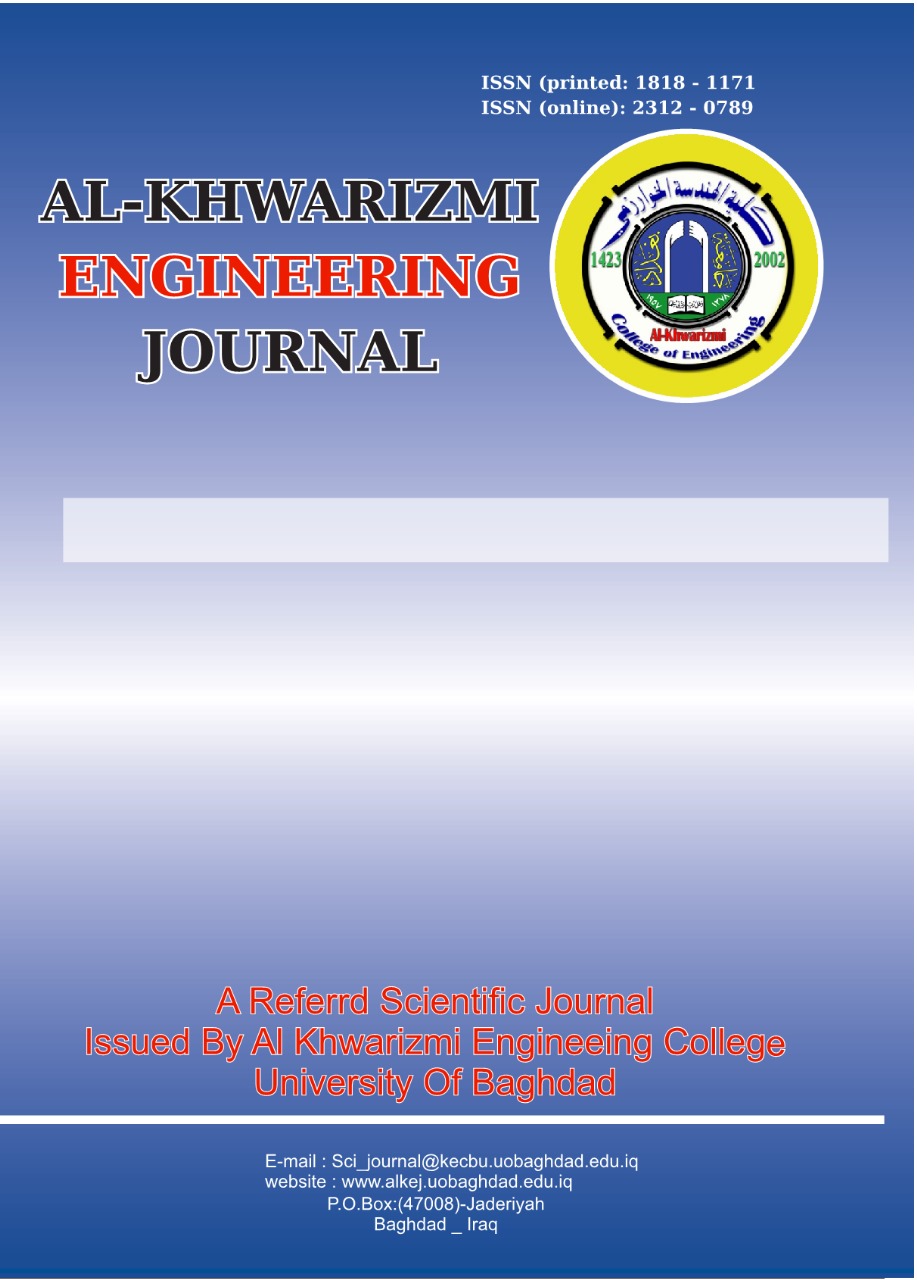Abstract
This study aimed to determine variations in the electroencephalograms (EEGs) of 15 individuals who were diagnosed with mild cognitive impairment (MCI) following stroke, 5 individuals suffering from vascular dementia (VD) and 15 healthy normal control (NC) individuals who performed a working memory task. Conventional filters including notch and bandpass filters were utilised to remove noise from the EEG data. The proposed method comprises computing the estimates of the attention entropy (AttEn), bubble entropy (BubbEn) and symbolic dynamic entropy (SyDyEn) of univariate data sequence features. The long short-term memory (LSTM) deep learning neural network was used to automatically classify dementia severity through noninvasive EEG-based recordings. The LSTM classification result with AttEn exceeds an average of 88.9% than BubbEn and SyDyEn, with classification results of 69.2% and 77.7%, respectively. The analysis of the brain EEG-based dementia severity dataset suggests that AttEn could potentially serve as a biomarker for detecting dementia severity. AttEn can capture relevant patterns and features in the EEG data and may be indicative of the severity of dementia with LSTM RNN to differentiate patients with VD, patients with MCI and NC individuals.
Keywords
classification.
deep learning
Dementia
Long Short-Term Memory
Transfer learning
Abstract
تهدف هذه الدراسة إلى تحديد الاختلافات في مخطط كهربية الدماغ (EEGs) لـ 15 فردًا تم تشخيص ضعفهم الإدراكي الخفيف (MCI) بعد السكتة الدماغية، و 5 أفراد كانوا يعانون من الخرف الوعائي (VD)، و 15 شخصًا يتمتعون بصحة جيدة. التحكم الطبيعي (NC) الذين كانوا يؤدون مهمة الذاكرة العاملة (WM). تم استخدام المرشحات التقليدية بما في ذلك مرشحات الشق والعصابة لإزالة الضوضاء من بيانات EEG. تشمل الطريقة المقترحة حساب تقديرات إنتروبيا الانتباه (AttEn)، وإنتروبيا الفقاعة (BubbEn) والانتروبيا الديناميكية الرمزية (SyDyEn) لميزات تسلسل البيانات الأحادية. تستخدم هذه الدراسة الشبكة العصبية للتعلم العميق للذاكرة طويلة المدى (LSTM) لتصنيف شدة مرضى الخرف تلقائيًا من خلال التسجيلات غير الغازية القائمة على تخطيط كهربية الدماغ. من حيث دقة التصنيف، تتجاوز نتائج تصنيف LSTM مع AttEn متوسط 88.9٪ من منتجات BubbEn و SyDyEn المستخدمة الأخرى بنتائج تصنيف 69.2٪ و 77.7٪ على التوالي. بناءً على تحليل مجموعة بيانات شدة الخرف القائمة على تخطيط دماغ الدماغ، تشير النتائج إلى أن AttEn يمكن أن يكون بمثابة علامة حيوية لاكتشاف شدة الخرف. لدى AttEn القدرة على التقاط الأنماط والميزات ذات الصلة في EEG وقد يكون مؤشرًا على شدة الخرف مع LSTM RNN للتمييز بشكل أفضل بين مرضى VD و MCI والمشاركين في CN، وقد يكون فعالًا في تحديد المرضى الذين يعانون من VD و MCI.
